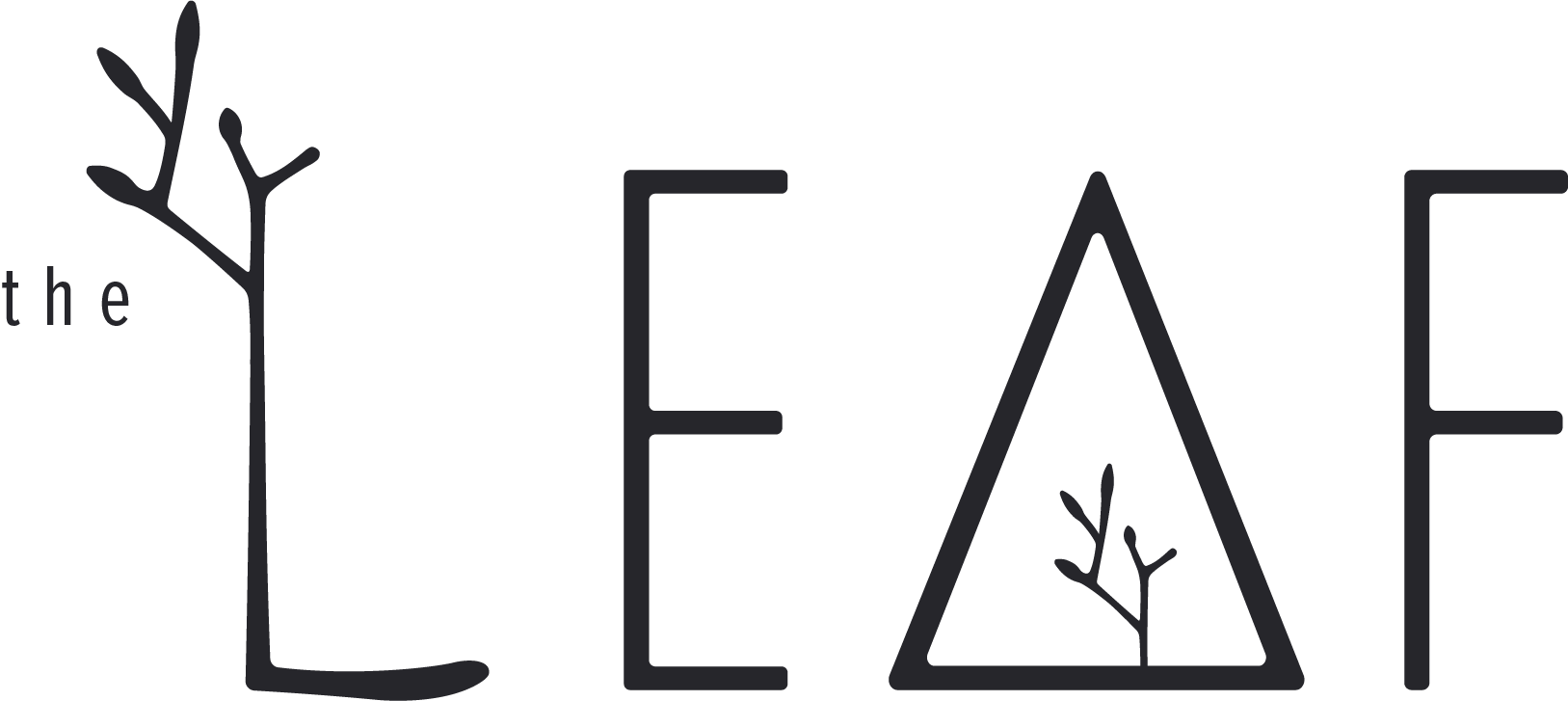Benefits of Mangroves - Carbon storage
There are over 100 species of mangroves, 55 of which are considered true mangroves: they occur only in mangrove forests and have some method of salt exclusion among other criteria required to be granted “true mangrove” status. All of these mangroves, be they shrubs or trees, true or false mangroves, they all play essential roles in creating nursery environments for young aquatic animals, in providing sources of firewood and timber to local communities and creating tidal defenses which prevent erosion of coastal areas including acting as sinks for heavy metals that otherwise contaminate marine environments and enter food chains that often end in consumption by humans. At this point in time however, one of the major draws of mangroves and mangrove restoration is their ability to sequester carbon at phenomenal rates: mangrove forests have been found to store up to four times as much carbon as other tropical forests.
As with all plants and a few other organisms (cyanobacteria and algae) mangroves convert light energy into chemical energy via photosynthesis. Light energy is absorbed by chlorophyll, the stuff that makes plants green. Some of this energy is used to strip water of electrons, forming oxygen gas (give thanks with every breath) while the hydrogen is used in the creation of short term energy stores. These are then used to incorporate atmospheric carbon dioxide into pre-existing carbon compounds to form carbohydrates such as glucose. Glucose can then be used to make cellulose and other compounds, which are the major structural components in green plants. In this way carbon dioxide is sequestered from the atmosphere into mangrove forests (and all forests for that matter). The mangroves then drop leaves which are consumed by mangrove crabs and other mangrove detritivores and eventually the carbon makes its way into the soil found in the mangrove forest. Mangrove forests are some of the most carbon dense in the world, and most of this carbon is stored in the soil rather than the plants themselves. Terrifyingly, between the year 2000 and 2015 the loss of soil carbon from mangrove habitat destruction is estimated to be between 30-122 Teragrams. This is a minimum of 30,000,000,000 kg. In 2000, global mangrove forests held 6.4 billion metric tons of carbon, but every year this is being depleted. Not only with dire consequences in terms of climate change, but losing fish nurseries in the process and causing fishing communities to find alternative sources of income which are often based on unsustainable extraction of mangroves for timber thereby further exacerbating the problem.
Our approach at the LEAF is based on the need for longevity of the mangroves we plant so that they have the chance to create nursery habitats and become a carbon sink. We first engage with the community and in this case have partnered with a local community based organisation (CBO) to engage with the community, undertake a training of trainers programme to equip community members with the knowledge required to disseminate the importance of mangroves to the community at large. Then provide income in the form of mangrove seed collection wages and nursery maintenance wages to ensure they see the benefits of their mangrove forests and can afford not to rely solely on industries associated with mangrove destruction.




